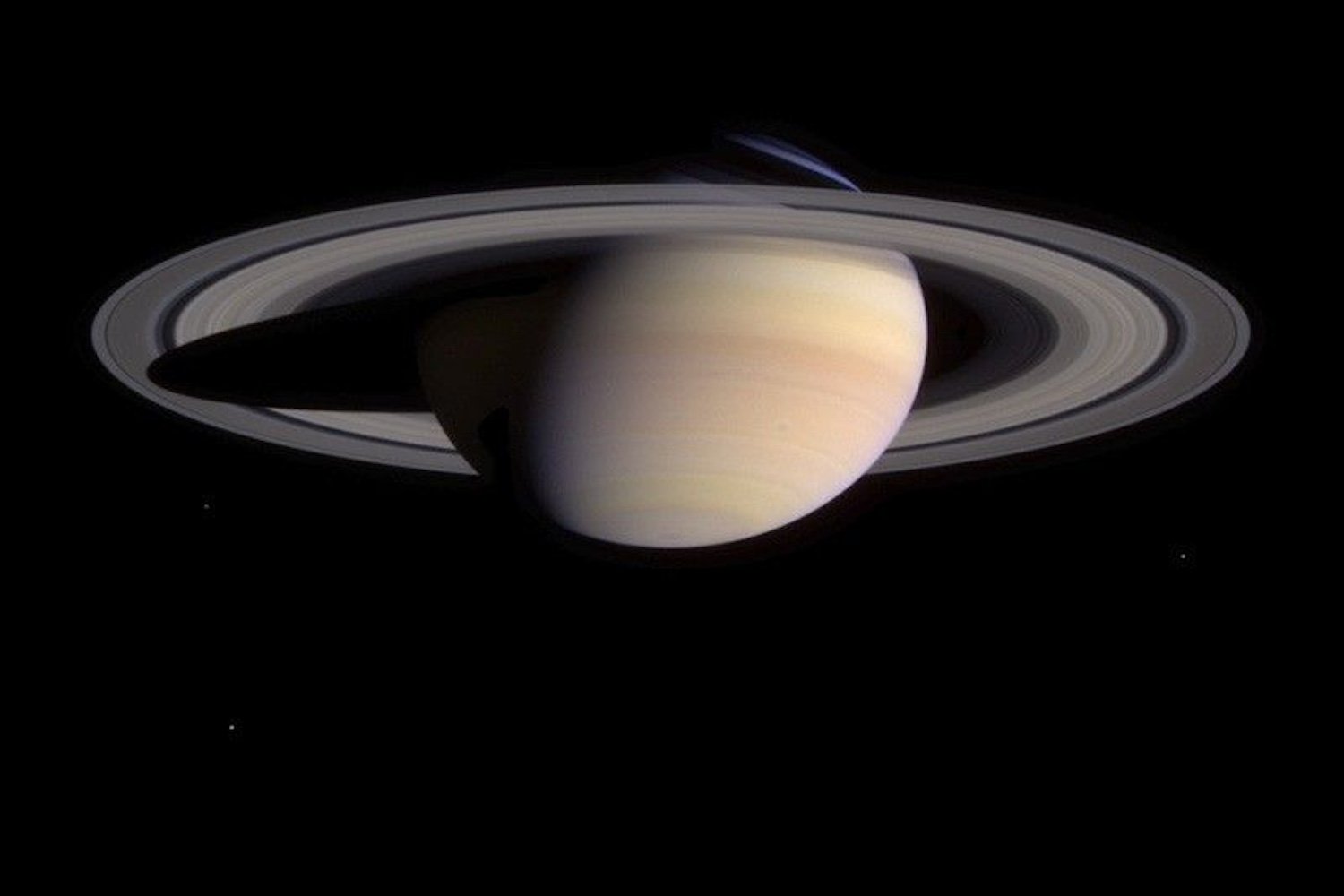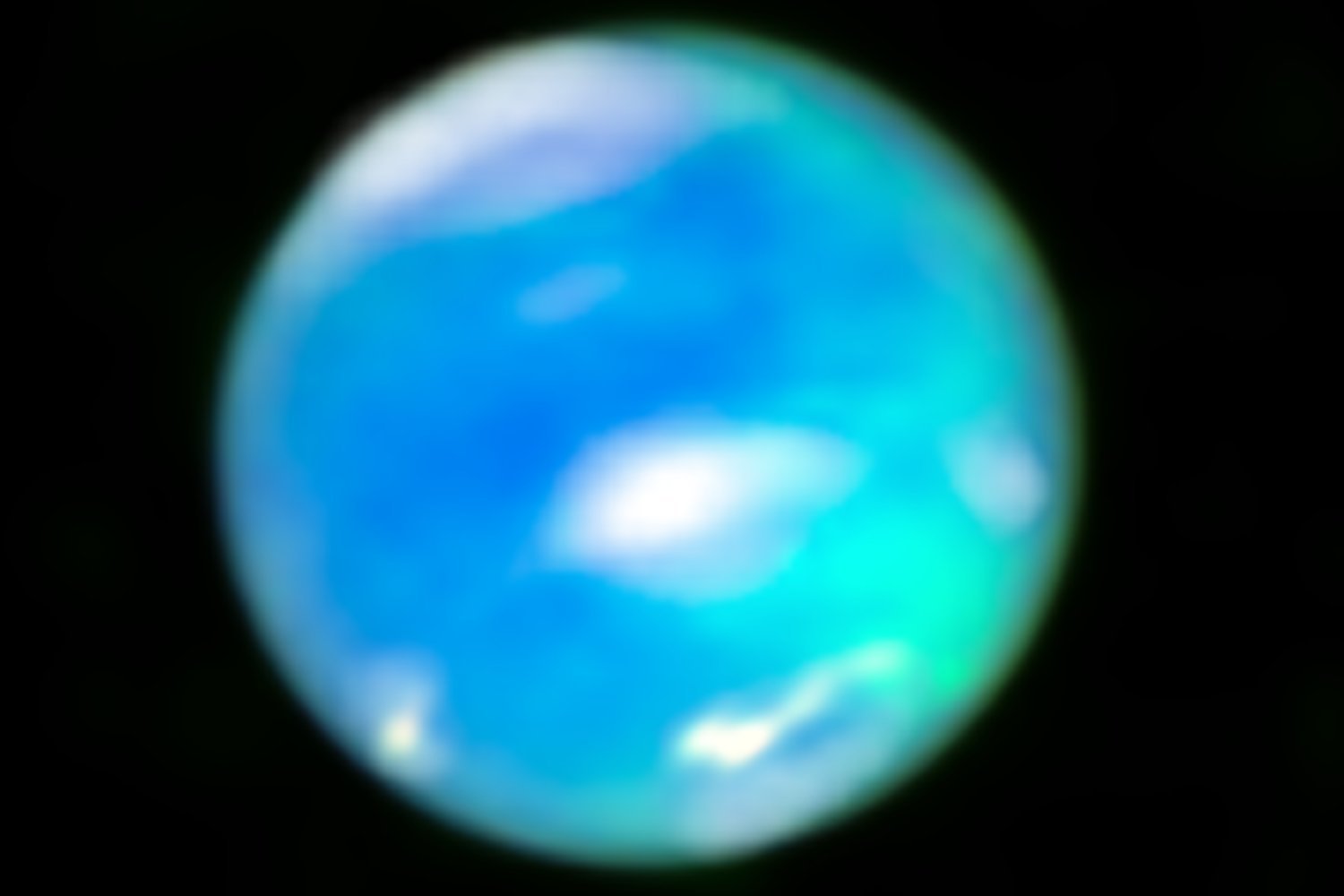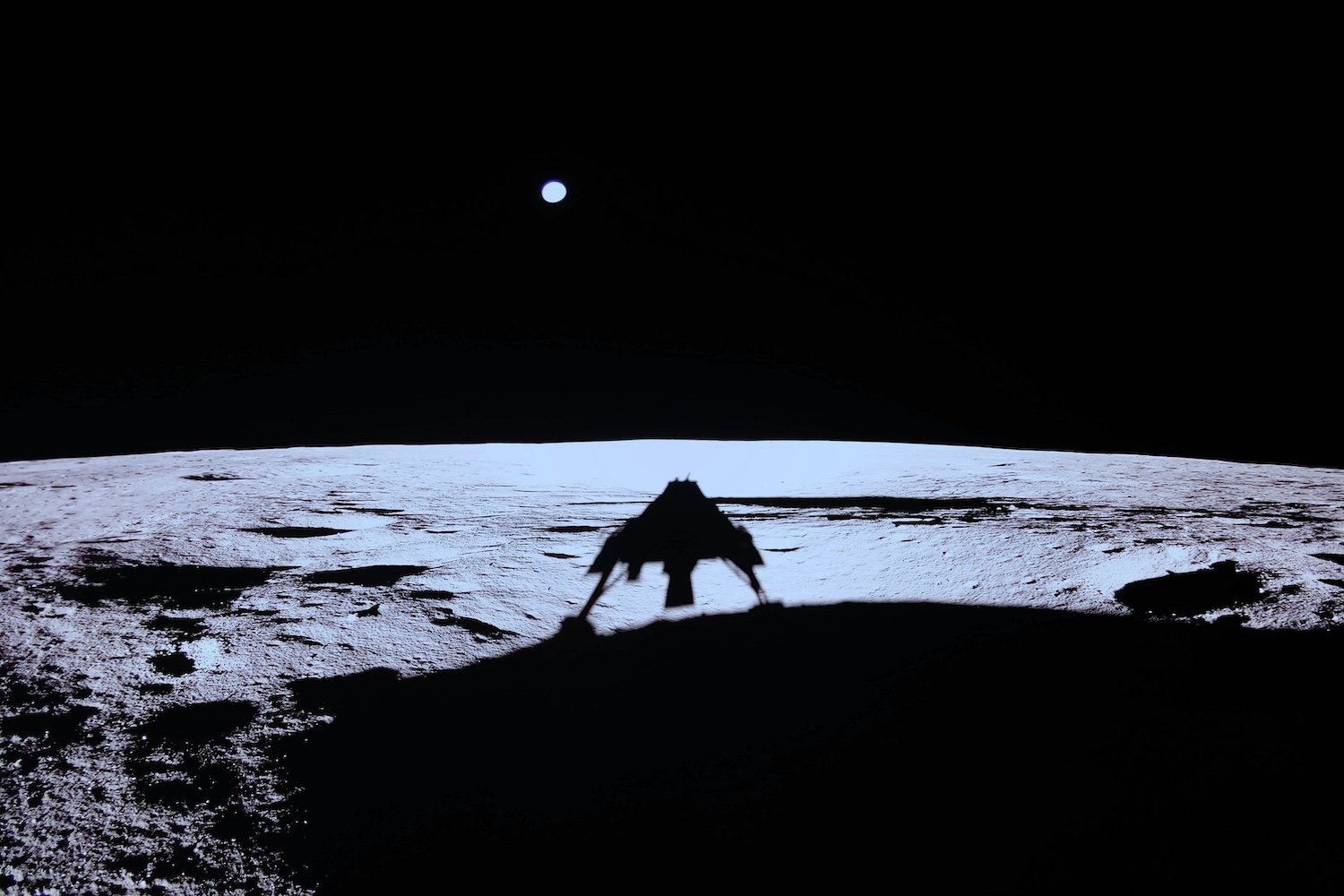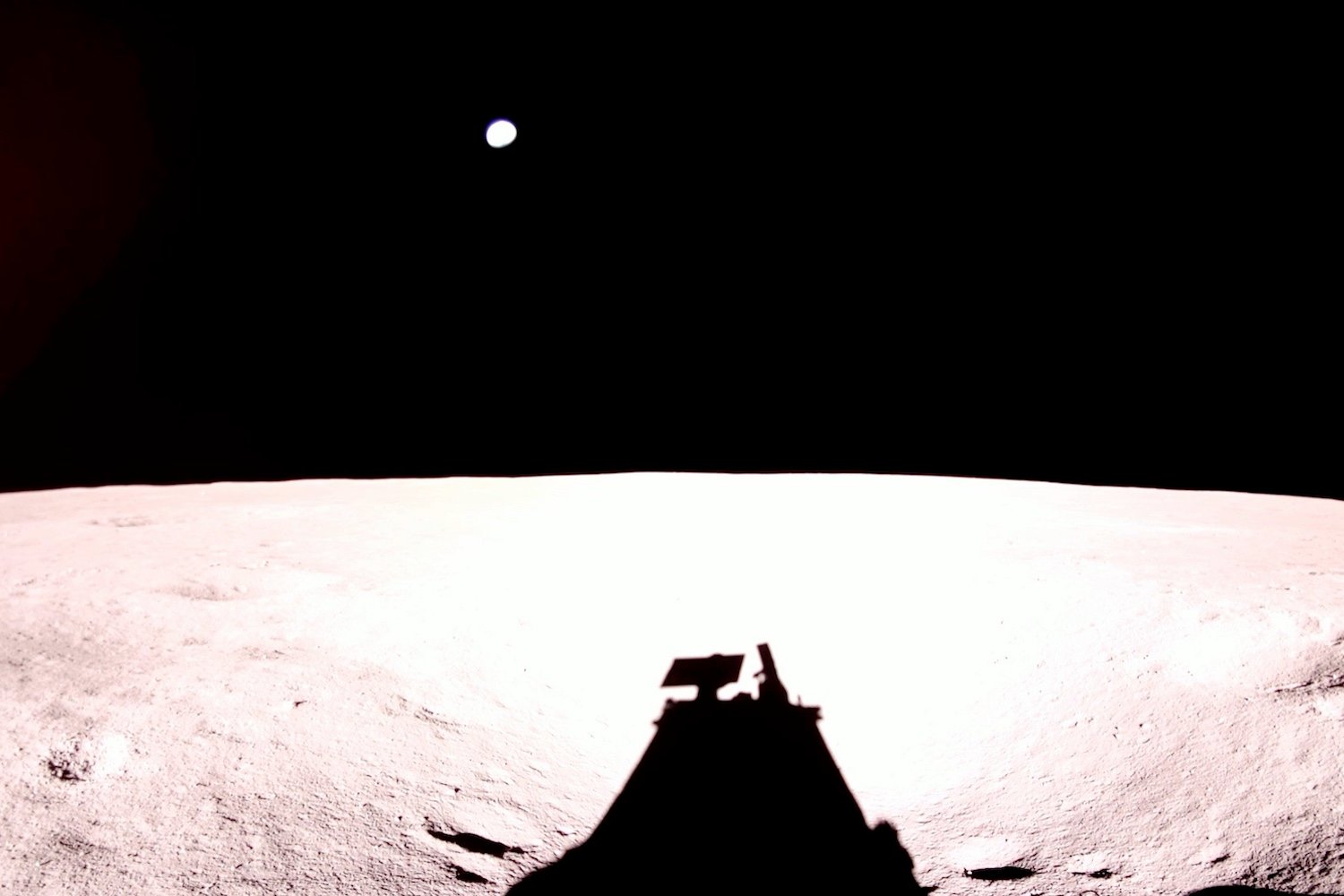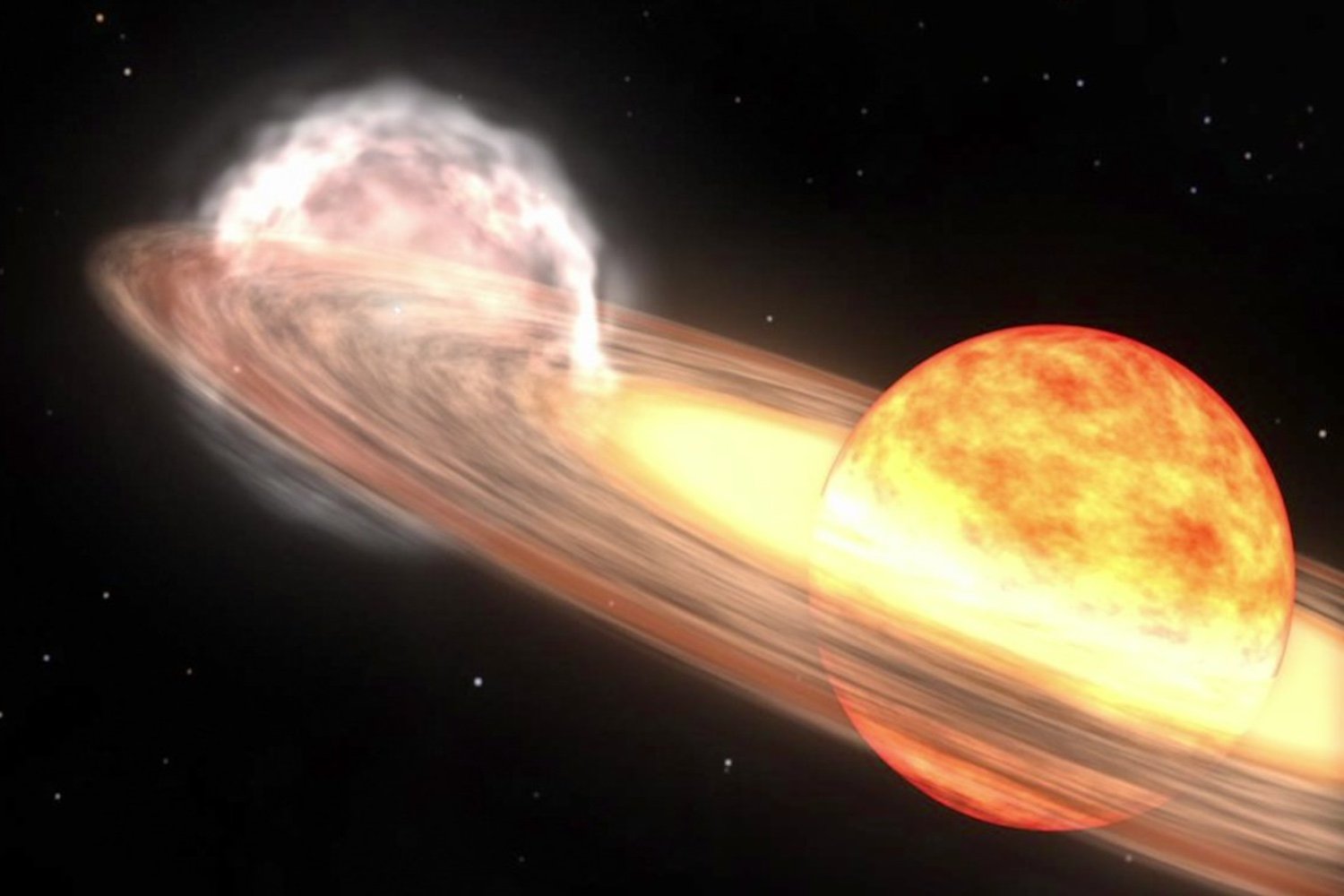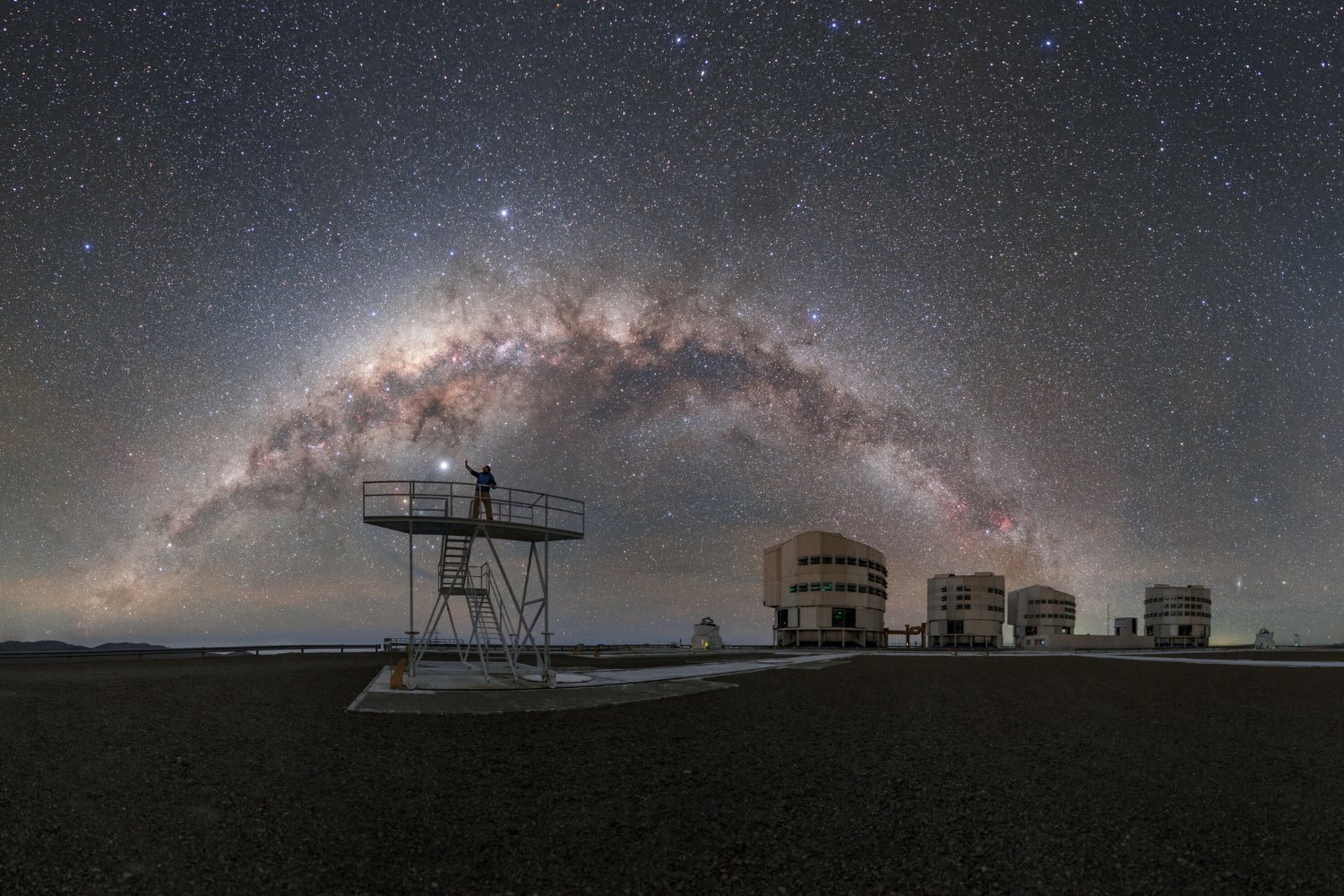Saturn, renowned for its magnificent rings, will soon appear as a simple, pale yellow sphere. This temporary transformation occurs as Earth passes through Saturn’s ring plane, causing the rings to seemingly vanish from our perspective. This rare celestial event happens every 13 to 15 years, with the last occurrence in 2009. On Sunday, March 23rd, the rings will once again disappear from Earth’s view.
The Composition and Extent of Saturn’s Rings
Saturn’s rings are not solid structures, but rather a vast collection of icy and rocky particles. These particles range in size from microscopic dust grains to chunks as large as houses. These fragments, originating from comets, asteroids, and shattered moons, are trapped by Saturn’s gravitational pull. This mesmerizing ring system stretches outwards up to 175,000 miles (282,000 kilometers) from the planet, according to NASA.
The Mechanics of the Ring Plane Crossing
Similar to Earth, Saturn has a tilted axis of approximately 26.73 degrees. As Saturn orbits the Sun, this tilt changes relative to Earth. When Earth crosses Saturn’s ring plane, the rings, appearing edge-on, effectively disappear from our viewpoint. We see the upper side of the rings when Saturn is tilted towards Earth, and the lower side when tilted away. The disappearance occurs during the transition between these two perspectives. With a powerful telescope, a faint line might be visible across Saturn’s equator during this alignment.
When and Where to Observe the Phenomenon
The ring plane crossing will commence around 12:04 p.m. ET on Sunday, according to in-the-sky.org. Optimal viewing conditions favor skywatchers in mid-southern latitudes, where Saturn will be visible in the morning twilight above the eastern horizon. However, those in mid-northern latitudes will face challenges due to Saturn’s proximity to the Sun and its position below the ecliptic. Full visibility of Saturn’s rings from Earth won’t return for several months, potentially not until November, as reported by earth.com.
A Rare Celestial Alignment
While optimal viewing conditions might be limited, this event offers a unique opportunity to witness the intricate dance of planets within our solar system. This temporary disappearance of Saturn’s rings provides a fascinating glimpse into the dynamic interplay between planetary orbits and our perspective from Earth. This celestial phenomenon serves as a reminder of the constantly changing perspectives within our vast universe.



